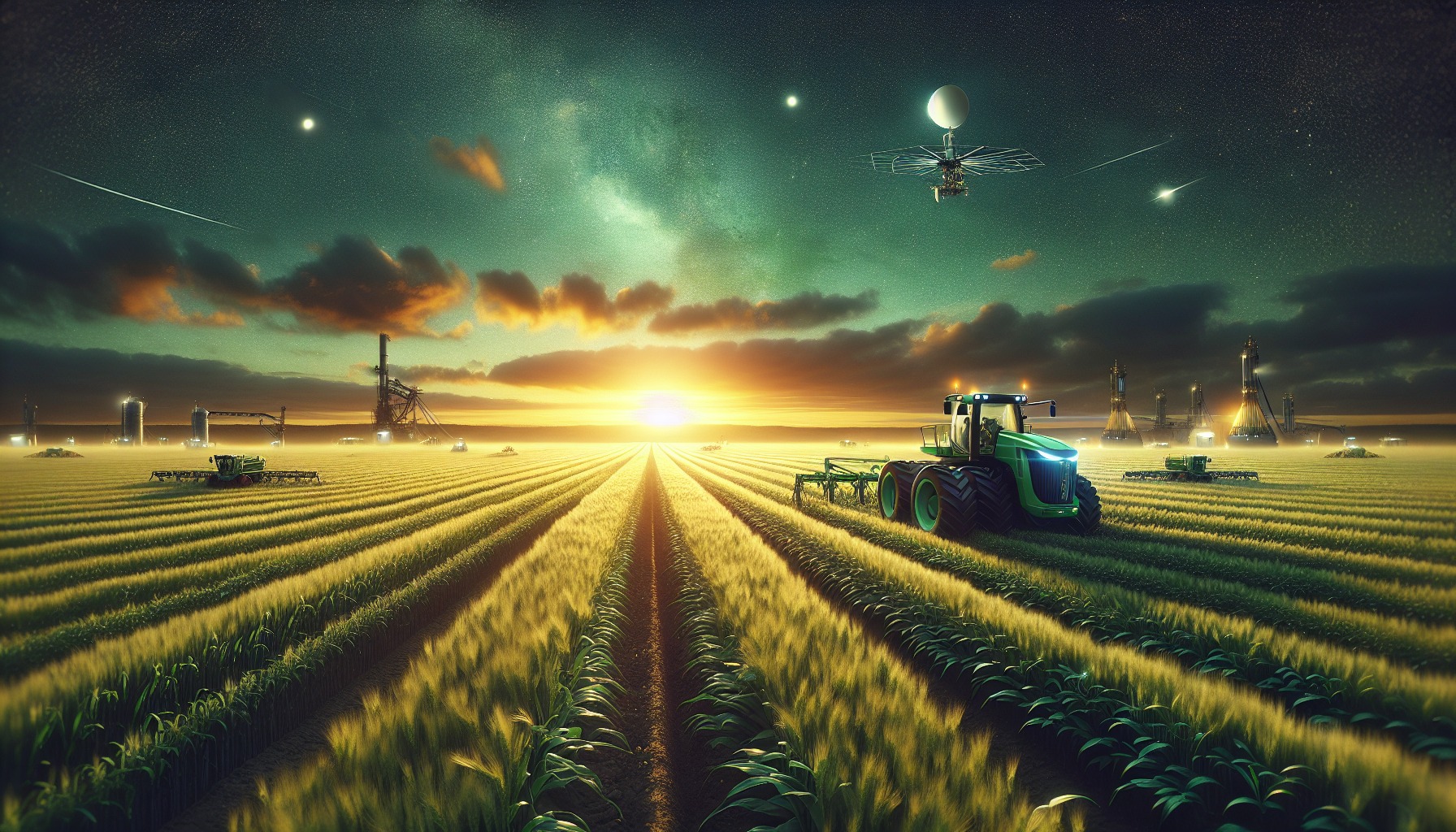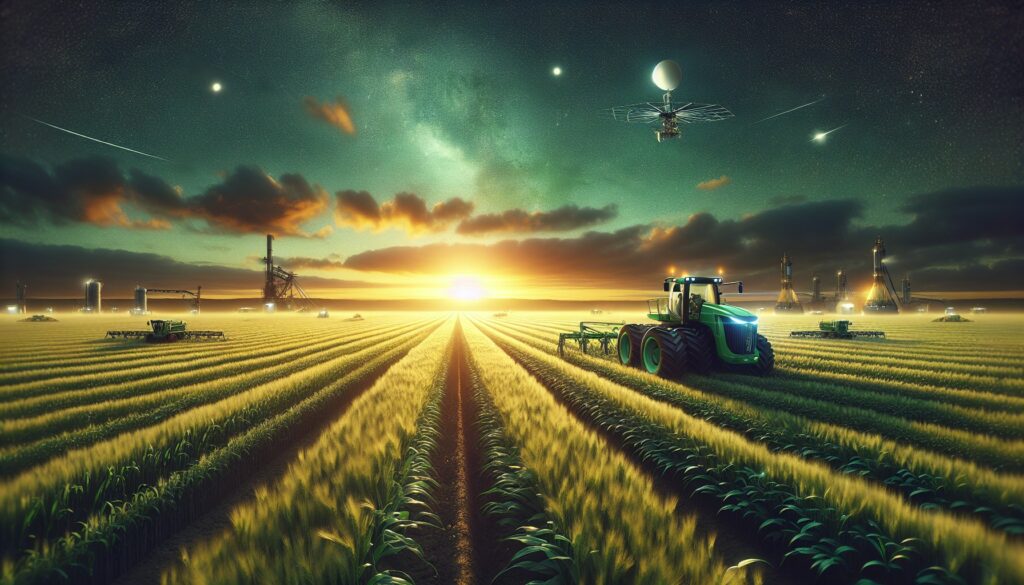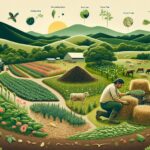The Future of Agriculture: Embracing Smart Farming
In recent years, agriculture has been undergoing a quiet but profound transformation. Smart farming, often referred to as precision agriculture, is leading the way in revolutionizing the way we grow crops, manage livestock, and sustain our environment. This new approach harnesses technology to optimize farming practices, making them more efficient, sustainable, and responsive to the challenges of modern agriculture.

What is Smart Farming?
At its core, smart farming integrates cutting-edge technologies—such as the Internet of Things (IoT), sensors, drones, artificial intelligence (AI), and data analytics—into traditional farming methods. The goal is simple: to gather real-time data that can help farmers make better decisions about planting, irrigating, harvesting, and managing their resources.
For example, sensors placed in the soil can monitor moisture levels, while drones provide aerial views of crops to detect signs of disease or pest infestations early. AI-driven systems analyze these data points, helping farmers adjust irrigation systems, apply fertilizers more precisely, or predict the best time to harvest.
The Benefits of Smart Farming
- Increased Efficiency: Smart farming allows for targeted interventions, reducing waste and maximizing the use of inputs like water, fertilizers, and pesticides. This leads to healthier crops and higher yields, while also conserving resources.
- Environmental Sustainability: By optimizing the use of resources, smart farming reduces the environmental impact of agriculture. Precision irrigation, for example, prevents over-watering, which can deplete water supplies and cause soil degradation. Additionally, minimizing chemical use contributes to healthier ecosystems.
- Improved Crop Monitoring: With the use of drones and sensors, farmers can monitor their fields with unparalleled precision. Early detection of issues such as pests or diseases allows for timely intervention, preventing significant crop losses.
- Data-Driven Decisions: One of the most significant advantages of smart farming is the ability to make data-driven decisions. Real-time data on weather patterns, soil conditions, and crop health enables farmers to respond quickly to changing conditions, ultimately improving productivity.
Challenges to Adoption
While smart farming holds immense promise, there are challenges to its widespread adoption. The cost of implementing these technologies can be a barrier for small-scale farmers, and there may be a learning curve in understanding how to utilize the data effectively. Additionally, access to reliable internet and electricity is essential for smart farming systems to function, which can be a challenge in remote rural areas.
Despite these challenges, the future of smart farming looks bright. Governments and organizations around the world are recognizing its potential and investing in initiatives that make these technologies more accessible to farmers of all sizes.
A Sustainable Future for Farming
As the world’s population continues to grow and the demand for food increases, the pressure on our agricultural systems will only intensify. Smart farming offers a way forward—one that balances the need for increased productivity with a commitment to environmental stewardship. By embracing these technologies, we can ensure a future where farming is not only more efficient but also more sustainable and resilient.
In conclusion, smart farming is more than just a trend; it’s a crucial step toward ensuring that agriculture can meet the needs of future generations. With its ability to enhance productivity, conserve resources, and minimize environmental impact, smart farming is shaping the future of food production in ways we are only beginning to explore.



